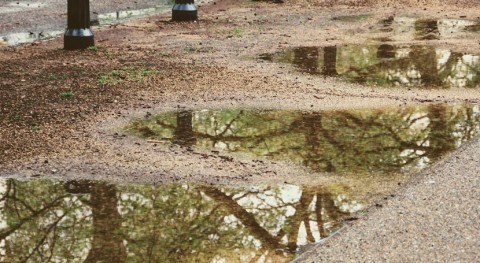Like every year, on the 2nd of February we celebrate World Wetlands Day: wetlands are unique ecosystems that must be protected as they provide multiple benefits to the environment and to human beings.
Therefore, today we highlight the 10 largest wetlands in the world:
The Pantanal (Brazil, Bolivia and Paraguay): this floodplain is located in western Mato Grosso do Sul (Brazil) and portions of Bolivia and Paraguay. With a surface area that ranges, depending on the source, from 140,000 km² to 220.000 km², it is also known in Spanish as Laguna de Xarayes or Laguna de Jarayes. It is home to more than 4,700 species, including plants and vertebrates.
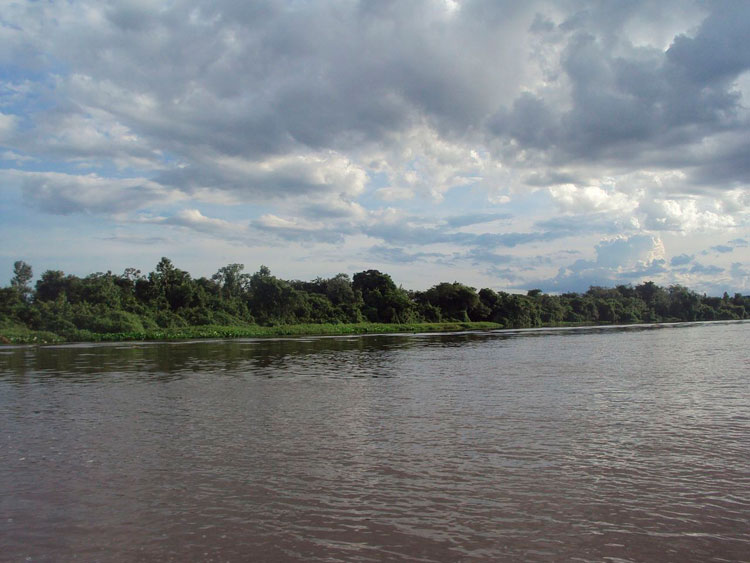

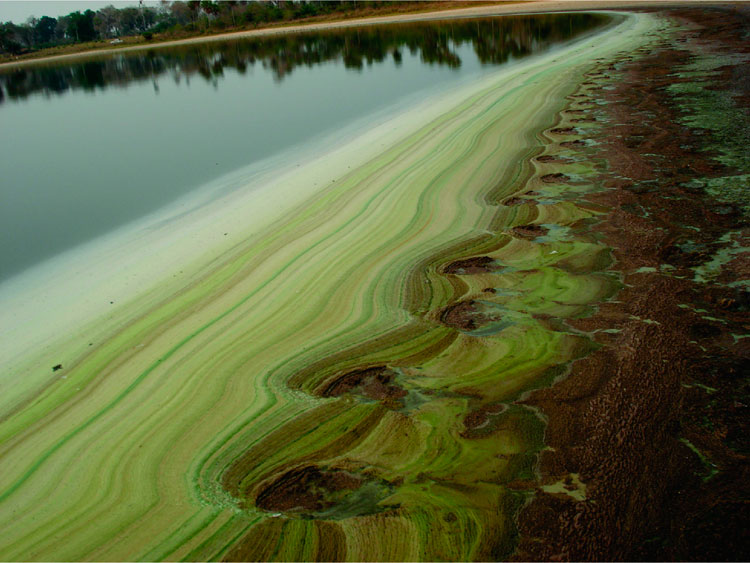
Río Negro (Brazil): it is the largest RAMSAR site in the world, extending across more than 120,000 km² in Brazil. Río Negro [Black River] is the biggest tributary on the north side of the Amazon basin. At over 1,500 kilometres long, it is the longest blackwater river in the world, and it supports one of the largest preserved tropical rainforests. It includes a variety of wetlands that are particular to the region, such as Igapó (blackwater-flooded) forests, edaphic savannas and fluvial archipelagos, and comprises more than 20 conservation units.
.jpg)


Ngiri-Tumba-Maindombe (Democratic Republic of the Congo): with nearly 66,000 km², this wetland is located around Lake Tumba. The transboundary area containing the Site and the adjacent Lake Télé in Republic of Congo contains the largest continental freshwater body in Africa, making it one of the most important wetlands in Africa and one of the largest freshwater bodies in the world.

Queen Maud Gulf (Canada): this migratory bird sanctuary has a surface area of more than 62,780 km². Canada's largest Ramsar site embraces a vast tundra plain that includes the open sea, coastal bays, intertidal zones, tidal estuaries, deltas, lowland rivers and freshwater lakes. It is also an important breeding ground for geese, snow geese and many other aquatic birds, as well as seals and large mammals.
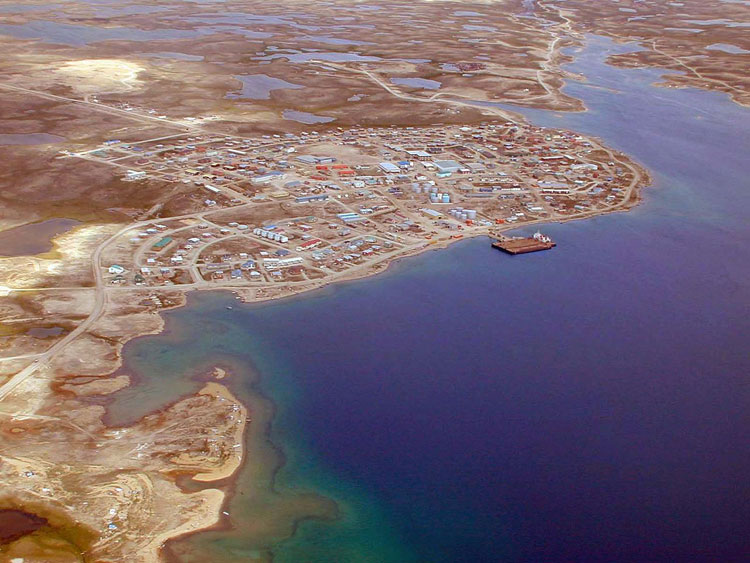
Grands affluents (Congo): it consists of large expanses along the Congo River. The area includes lakes, ponds, marshes, flooded and swampy forests, along permanent and temporary rivers such as the Ubangi, Sangha, Likouala-Mossaka and Alima (Congo tributaries). This diverse biotope hosts a wide variety of plants, macroinvertebrates, fish, birds, reptiles and aquatic mammals. It is also home to endangered mammals such as the forest elephant, the gorilla and the hippopotamus, and offers refuge to migratory fish and bird species. It spreads over nearly 60,000 km², and it is of great importance for the socio-economic development of the sub-region, since the Ubangi and Congo rivers are used to transport goods between Central African Republic and Chad and the Atlantic Ocean.


Sudd (South Sudan): with a surface area of 57,000 km², this tropical wetland comprises several ecosystems, from open water and submerged vegetation to floating fringe vegetation, seasonal inundated woodland, rain-fed and river-fed grasslands and floodplain scrubland. Threats to the site include oil exploration (Sudd contains South Sudan's largest oil reserve) and the Jonglei Canal Project. The project, currently on hold, would reduce wet and dry season flows by 20% and 10% respectively, thus impacting the wetland's ecology and consequently its inhabitants.

Okavango Delta (Botswana): it is considered a fluvial fan more than a delta, and it is formed where the Okavango river flows into a practically endorheic plain with a much drier climate than the headwaters. Located in a semi-arid region and subject to large fluctuations in flooded area, the site includes permanent and seasonal swamp, riverine floodplains and a seasonal freshwater lake. The diverse flora and fauna includes 1060 different plant species, 32 large mammal species, over 650 species of birds, 68 species of fish, and a highly diverse insect population, all of which include rare, endangered and endemic species. It has a surface area of about 55,300 km².



Gueltas et Oasis de l'Aïr (Niger): the site, with 49,200 km², is a complex of permanent and temporary streams, oases and marshes at the centre of Niger’s part of the Sahara Desert. It hosts a number of endangered species such as the cheetah, Barbary sheep and Dorcas gazelle, as well as the critically endangered addax (Addax nasomaculatus). 290 species of flowering plants and 150 bird species have been counted at the site, including permanent residents and Palearctic migrants. It is also archaeologically and culturally valuable due to the remains of old cities such as the abandoned Tuareg town of Assodé, Neolithic engravings showing animals such as giraffes, elephants which have become locally extinct, and objects such as arrows, pottery and shells which are a reminder of the camel caravans that used to pass through.

Plaines d'inondation des Bahr Aouk et Salamat (Chad): a complex of floodplains, hills, a lake, rivers and ponds located in a natural depression at the border with the Central Africa Republic, with a surface area of 49,200 km². The site plays a very important role for the surrounding wildlife, providing breeding grounds for several migratory waterbirds and supporting hippos, leopards, elephants and different antelope species. It also is a spawning and nursery ground for several fish families, and plays a role in flood control, groundwater recharge, sediment trapping and chemical regulation of the waters.

Esteros del Iberá (Argentina):The most important water reserve in Argentina is located in the province of Corrientes. The name means 'bright water' in the Guaraní language, and is home to more than 400 species of plants and animals. It has a surface area of 12,000 km², and is part of a much larger basin, the Iberá macrosystem, with nearly 45,000 km², a subtropical and tropical ecosystem of great diversity.
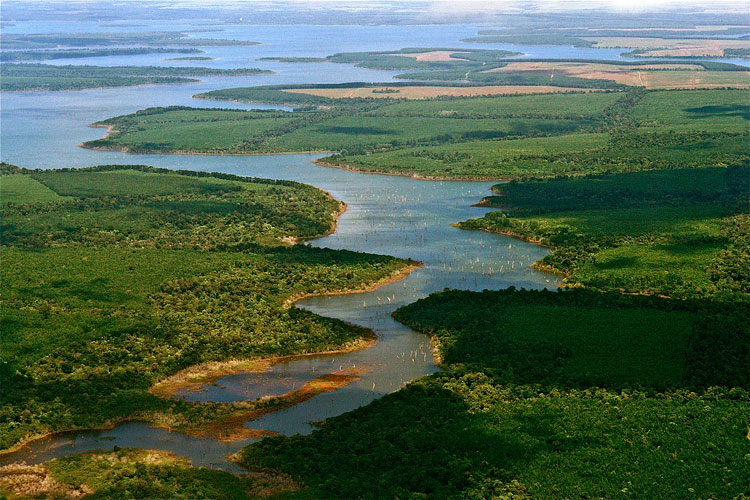

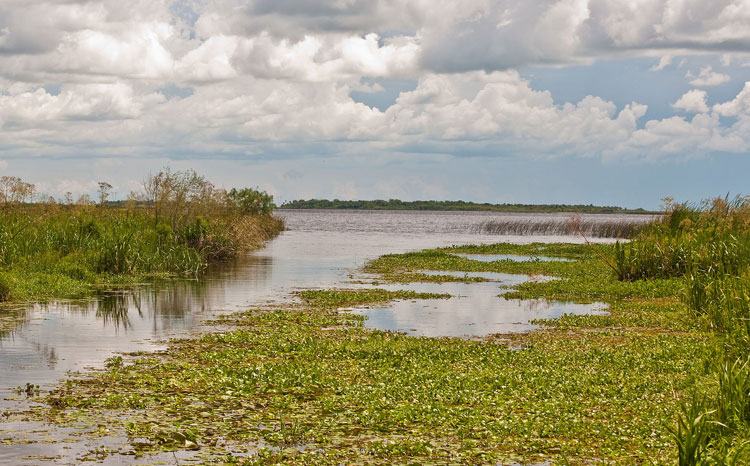
All photographs from Wikipedia.






